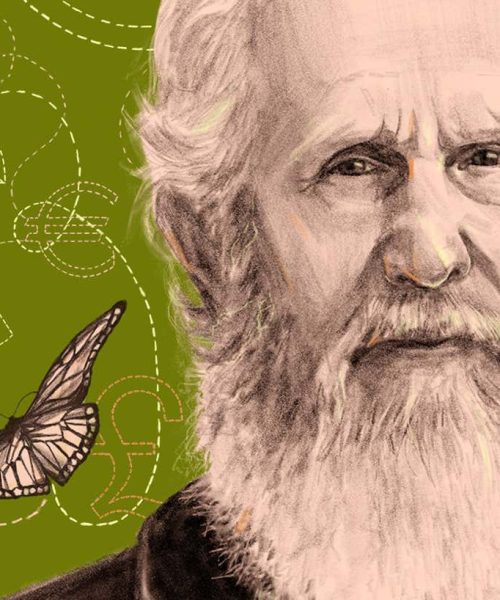
Antonio Sortino
FEW of life’s milestones are as unappealing and unceremonious as arrival in middle age. Our skin becomes noticeably looser, grey hairs more numerous and, of course, our clothes typically start to feel a bit tighter – especially around the waist.
The last of these is known as middle-aged spread, the commonly accepted idea that we start to pack on the pounds around the abdomen as we get older. This excess weight is said to be easy to put on and harder to shift than when we were younger, the thinking being that our once-perky metabolism gets sluggish with age. We can no longer get away with as much, and our efforts to ditch the belly with diet or exercise become a losing battle.
So far, so miserable. But then, last July, a study of over 6000 people around the world blew the idea out of the water. It showed that metabolism stays remarkably stable as we age, at least until our 60s. “The amount of calories you burn per day from age 20 to 60 remains about the same,” says Herman Pontzer at Duke University in North Carolina. “We’ve shown that you have much less control over metabolism than we thought.” The idea that your metabolism is just as active as you approach your 60s as it was in your 20s should be welcome news for anyone nearing middle age – usually defined as the period from 45 to 65 years of age – and facing the dreaded spread. But it leaves a burning question: if metabolism isn’t to blame, then what is? And what can be done?
Middle-aged spread is more …





